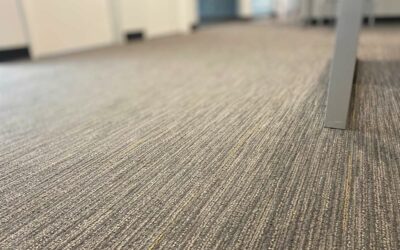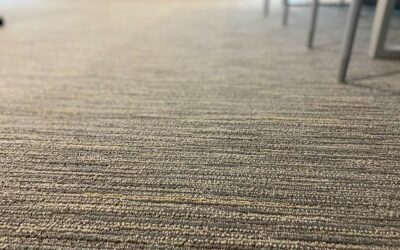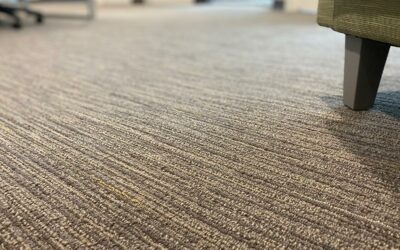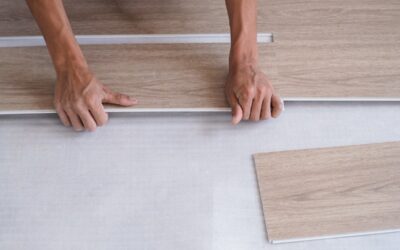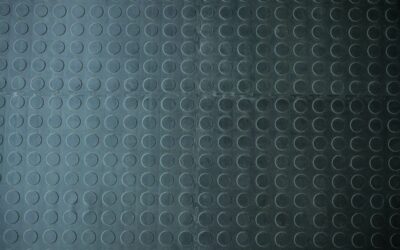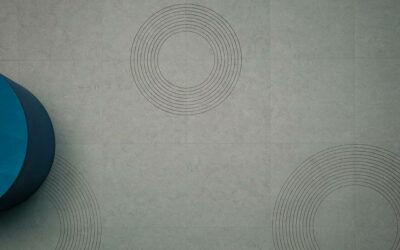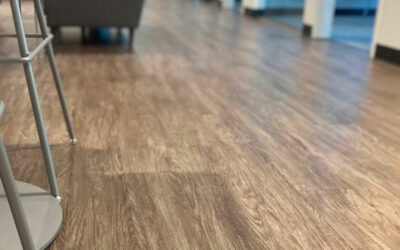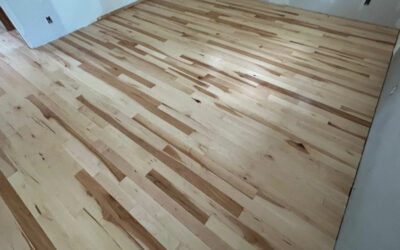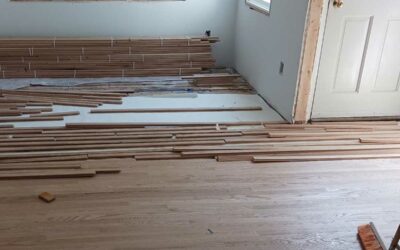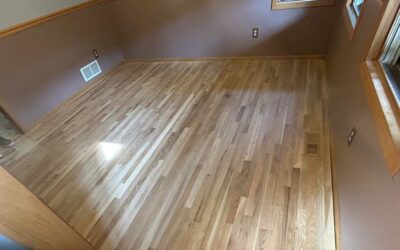Varieties of Hardwood Flooring
Hardwood Flooring Varieties
A key reason behind the popularity of hardwood flooring is the load of styles and installation options that you can choose from.
If you get overwhelmed upon realizing just how endless your hardwood flooring options are, have no fear! At Lakeside Floor Coverings, we both sell and install hardwood flooring so we know the ins and outs of all the varieties. We can help direct your choice by providing you with some great hardwood flooring solutions!
As you read, you’ll see that we’ve broken down the hardwood flooring varieties into different categories: some specs of the two hardwood flooring types, the various hardwood flooring species, and some different finishes and stains.
Solid Hardwood & Engineered Hardwood
Your hardwood flooring options are broken down into two types: solid hardwood flooring + engineered hardwood flooring.
Solid hardwood floors are made of pure timber while engineered hardwood floors contain mostly plywood with a wood veneer top layer. Below you will see the basic specs for each variety.
| Solid Hardwood Floors | Engineered Hardwood Floors |
| ✔ Longer lasting: 30 to 100-year lifespan | 20-40 year lifespan |
| $8/ square foot and up | ✔ Less expensive: $5/square foot and up |
| ✔ More versatile: can be stained up to four times | Can be re-stained once or twice |
| Possible warping from water – not recommended in bathrooms or laundry rooms | ✔ More dimensionally stable – preferred type for below grade areas |
| Standard thickness: ¾ inch | ✔ Thicknesses ranging from ⅜ inch to 9/16 inch |
| Widths range from 2 ¼ in 5 in | ✔ Widths ranging from 2 in ¼ to 11 inches |
| ✔Plank lengths range from 12 in to 84 in | Plank lengths from 12 in to 60 in |
| Most suitable for wood subfloors | ✔ Can be installed over a variety of subfloors |
Get in touch with our team to discover your floor covering and installation options. We’re looking forward to working with you.
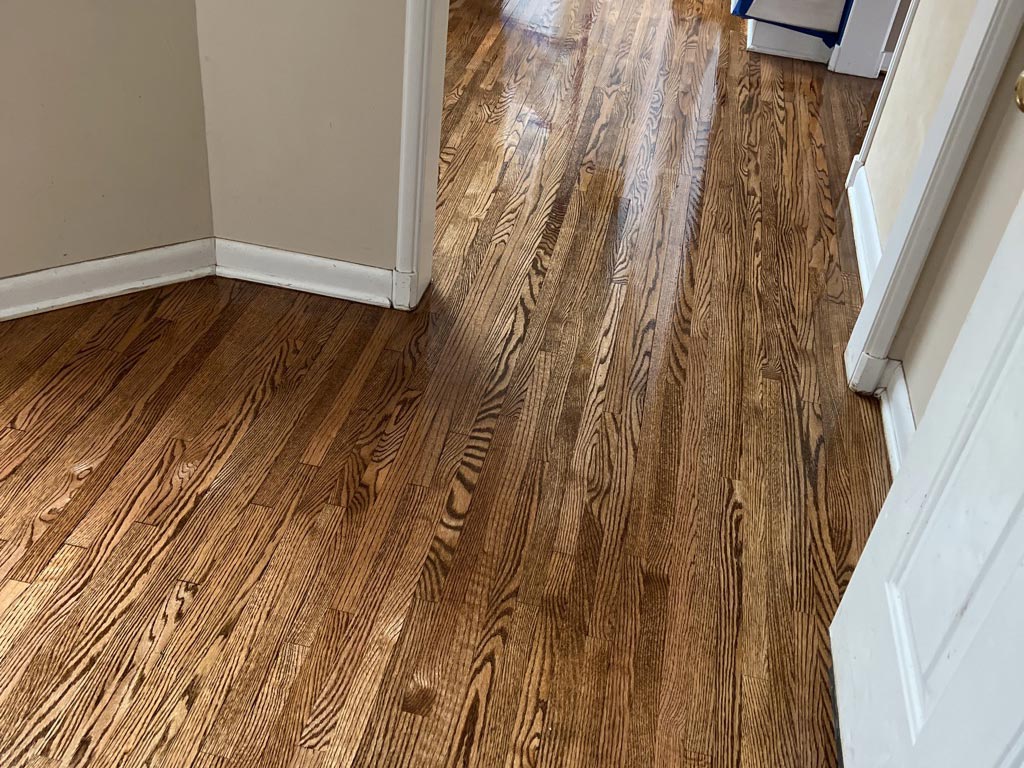
Species Variety
Another way to distinguish between hardwood flooring varieties is by understanding the various wood species. Each wood species differs in its density. The more dense the species, the less prone it is to denting and wear & tear.
Ever heard of a Janka hardness score? If so, you’ve probably taken the time to do your homework! If not, no worries! A wood species’ Janka score describes how resistant a sample of a particular wood species is to damage.
Wood species with a higher Janka hardness rating are suggested for use in high-traffic areas or commercial spaces due to their increased durability.
Oak, walnut, hickory, maple, ash, and cherry are some of the most commonly used wood species in residential hardwood flooring. Below you will see some details on each species.
Oak: Oak is known to be one of the most common wood types used in American homes and is suitable for lots of areas. Red oak has warm hues with swirling grain patterns. White oak has a higher Janka score than red oak – it has gray hues with slight variations in graining and coloring.
Cherry: As a whole, cherry is an inherently dark species that becomes darker with age. It has a smooth grain pattern and has a lower Janka score than oak. It gives off rich and warm vibes.
Walnut: Walnut is suitable for moderately trafficked areas and its graining pattern is consistent. Warm, rich, brown hues are seen in walnut wood flooring species and it has a higher Janka rating than cherry but it’s not as hard as oak.
Hickory: Hickory wins the prize with its very high Janka rating. It’s great for high-traffic areas and its large knots produce visual attraction! From red to white to brown, hickory comes in many tones.
Maple: Maple is first runner-up to Hickory with its competitive Janka ranking. Compared to hickory, maple has lighter hues with some reddish tones. It’s a great option for most areas too!
Stains & Finishes
Factory-finished planks are ready to go, right out of the box! Site-finished boards are unfinished so they need to be sanded and covered with top coats. You can also choose to have site-finished boards stained.
Here are some details about different types of finishes and stains:
Oil-based polyurethane: This type of finish takes about 30 days to cure and you must wait 24 hours between coats. You can expect a rich, amber glow to your wood and it’s highly durable.
Water-based polyurethane: This type of finish takes up to two weeks to cure but its two coats can be applied the same day. Don’t be alarmed by the milky luster – it dries clear!
Stains: You have the option to add a stain to your finishing work process. Stains come in different pigments so you can pick one that meets your desires. Stains are applied before the finish and differ from the finish in that a stain adds color to wood. Some species of wood respond differently to stains so be careful!
Conclusion – Hardwood Flooring Varieties
Hardwood flooring comes in two types: solid hardwood and engineered hardwood. Both come with pros and cons and you have many choices in style.
Take advantage of our hardwood flooring knowledge by working with Lakeside Floor Coverings on your next flooring project!
Our hope at Lakeside Floor Coverings is that you see us as providing the whole package because we install and sell the product. And because we do both, we know your installation needs and how to best match that with the perfect product for you. We’d love to work with you! Contact us today to start a project! 763-503-0100
RELATED POSTS
How to Make High Traffic Carpet Look New
How to Make High Traffic Carpet Look NewThere’s some good news that comes along with tips on how to keep your...
Tips and Tricks for Carpet Cleaning in High-Traffic Areas
Carpet Cleaning High Traffic AreasWhen it comes to cleaning practices for traffic-friendly carpets, you must...
What Carpet is Best for High Traffic Areas?
Best Carpet for High Traffic AreasToday’s carpeting products greatly overshadow the carpeting of the past!...
What is Commercial Luxury Vinyl?
What is Commercial Luxury Vinyl Commercial-grade luxury vinyl is a luxury vinyl flooring product that’s known...
Commercial Rubber Floors
Rubber flooring is known to be extremely durable. Because of its composition, rubber floors have increased water resistance and the ability to act as a sound barrier.
What is Marmoleum Flooring?
Marmoleum is a modern brand of classic linoleum flooring made by Forbo Flooring. It shares similar qualities to linoleum but what sets Marmoleum apart is its increased durability and enhanced styling options.
Types of Commercial Flooring
Commercial Flooring Types Commercial flooring comes in many different types – what distinguishes it from...
Seasonal Maintenance for Hardwood Floors: Tips for Handling Temperature and Humidity Changes
Hardwood Floor Temperature ChangesPart of the draw to hardwood flooring is their naturalistic look – and that...
Dealing with Spills and Stains on Hardwood Floors: Quick and Effective Solutions
Hardwood Floor Spill Solutions Let’s face it: accidents happen! The best thing we can do is to be ready for...
Choosing the Right Cleaning Products for Hardwood Floors: What to Use and Avoid
Hardwood Floor Cleaning ProductsTo make sure you get the most out of your hardwood flooring, it’s important...

